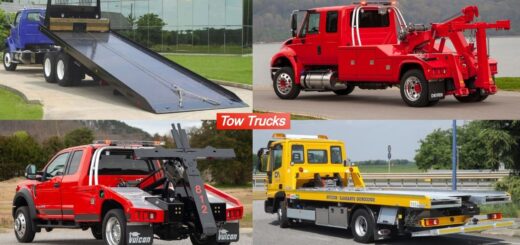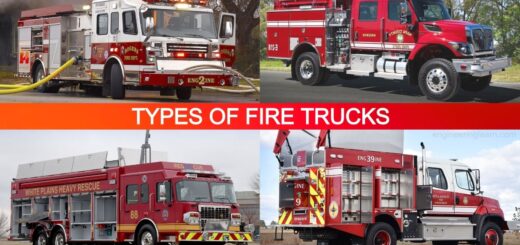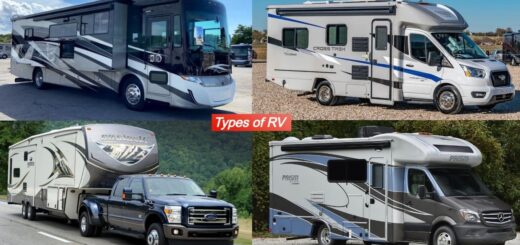17 Types of Ambulance – Advantages and Disadvantages [with Pictures & Names]
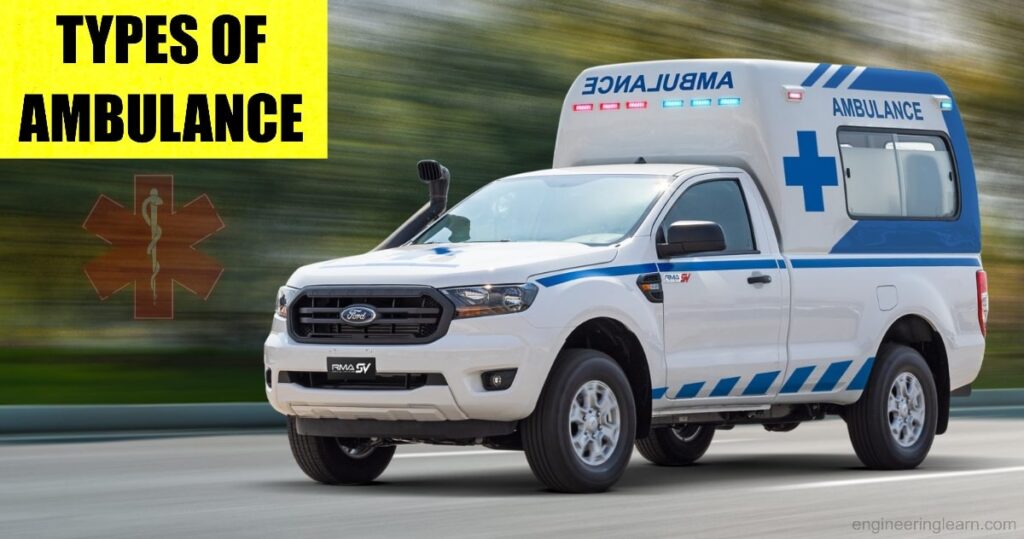
Introduction
17 Types of Ambulance – Advantages and Disadvantages [with Pictures & Names]: – The ambulance has turned into a typical feature of our modern society for the transportation of sick or injured individuals to clinical offices, treatment of casualties on the scene, or even taking clinical consideration of a patient. There is a wide range of ambulances other than the ones we commonly see on our metropolitan roads.
Ambulances come in different designs and levels of clinical care they can accommodate different sorts of crises. Ambulances can be made for unpleasant territory, to explore blocked roads, or to cross mainlands. They can be vehicles, trucks, boats, airplanes, or any kind of vehicle the circumstance demands.
There is consistently a requirement for a vehicle to transport the sick, harmed, old, or weak patients to clinical offices or to take clinical consideration to individuals at the location of a disaster, mishap, public occasion, or far-off area. This need has brought about a wide assortment of ambulances being created with unique qualities to get proper clinical consideration to individuals in various conditions.
Types of Ambulance / Types of Medical Vehicles
1. First Responder Ambulance: ( Types of Ambulance )
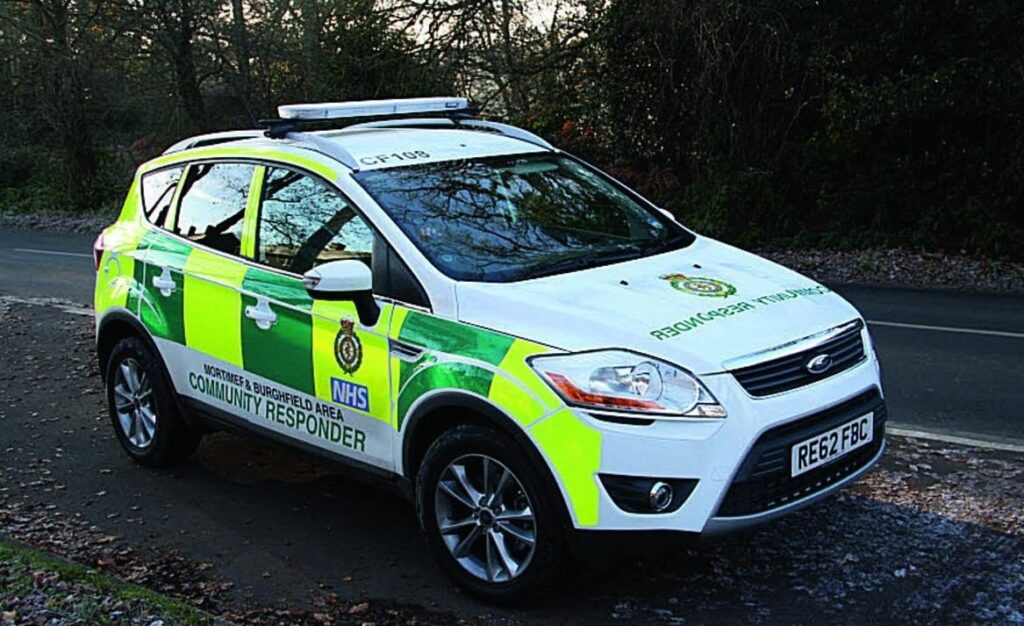
Numerous ambulances are large vehicles in light of the extensive amount of medical equipment and group and patients that they need to convey. In view of their size, they are likewise somewhat sluggish vehicles, and it might require investment for them to get to a disaster or mishap scene where urgent clinical consideration is required.
A first responder ambulance is a more modest vehicle that is fast and can arrange more modest spaces and high-density traffic with greater ease than a large ambulance. The group of the first responder ambulance will have limited or restricted and more conservative stuff, yet they would get on scene quicker and start treatment of patients soon.
2. Isolation Ambulance: ( Types of Ambulance )
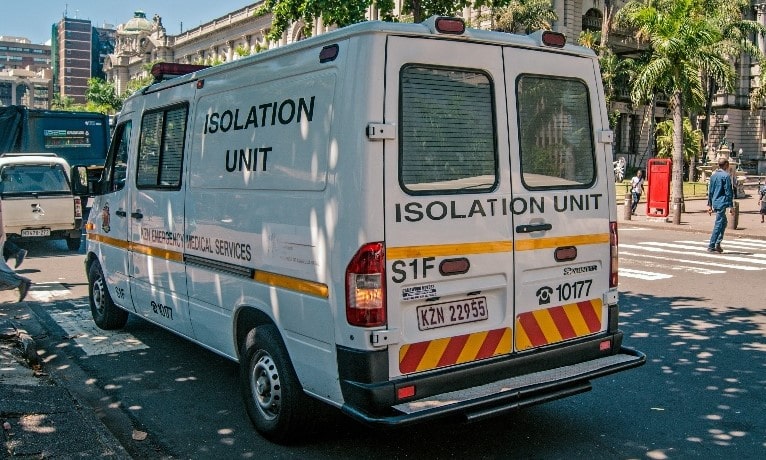
In our advanced technological age, individuals are working in research centers, chemical plants, thermal energy stations, and nuclear power plants where they can be exposed to quite a few poisonous and possibly risky substances. Transporting individuals that have been exposed to these substances and furthermore individuals who are suffering a flare-up of an exceptionally irresistible illness require an extremely unique rescue vehicle for their transportation and care.
An isolation Ambulance is furnished to manage to transport patients that require isolation because of their openness to risky synthetics, radiation, or profoundly infectious illnesses. These ambulances will be sealed units that have bio and chemical filters and are monitored by crisis personnel trained to deal with these sorts of emergencies.
3. Advanced Life Support Ambulance: ( Types of Ambulance )
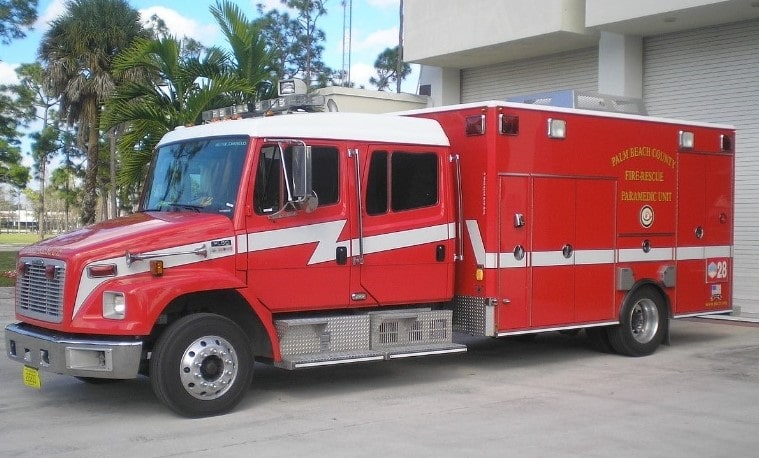
An advanced life support ambulance is the type of emergency vehicle that will be dispatched to really focus on critically ill or injured patients. Patients that have perilous circumstances will require particular consideration during their transportation to an appropriate medical facility.
An advanced-level life support ambulance is in some cases called a mobile ICU since it has advanced clinical or medical hardware on board to treat many perilous conditions and critically sick patients.
The crew on an ALS ambulance will likewise have advanced medical training on how to treat these kinds of patients with serious ailments and how to utilize the high-level clinical equipment locally on board the ambulance.
4. Neonatal Ambulance: ( Types of Ambulance )

Pregnant moms are in some cases got off guard by the conveyance of their child. Now and again the child will decide to come when the mother is out at the shopping center, at the film, or driving headed for the clinic. Births don’t generally go as expected, and once in a while the child might be untimely, and the birth cycle has begun too early.
In these occurrences, a neonatal ambulance is expected to take care of the conveyance and the medical services of the child after the birth. A neonatal ambulance will be fitted out with all the vital gear to deal with an infant that is in trouble. This incorporates equipment of a proper size to use on a child and furthermore an incubator installed on the vehicle.
5. Ambulance Bus: ( Types of Ambulance )
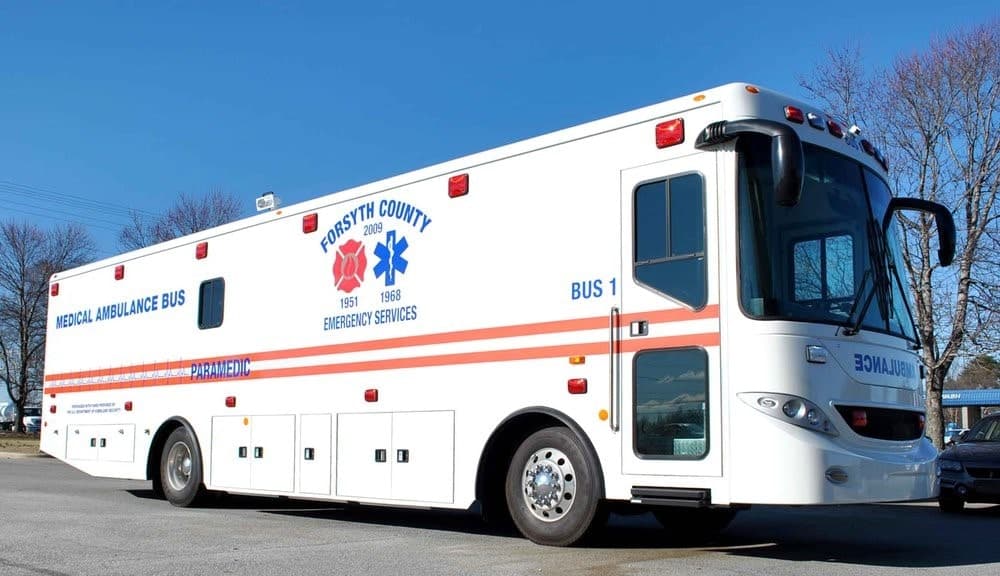
A few natural disasters or man-made calamities that make injury countless patients at the same time or a flare-up of disease that influences a gathering will require mass medical transportation.
Bus ambulances are frequently utilized at these types of scenes, where tremors, storms, building breakdowns, or comparable occasions have happened and harmed many individuals. Bus ambulances can take sitting injured or sick patients, and some additionally have locations to take patients in the inclined situation on carts in designated locations on the bus.
6. MVA Ambulance [Multiple Victim Assistance]: ( Types of Ambulance )

An MVA or multiple victim help ambulance is the commonplace ambulance that you will find in participation in public occasions. Public venues, for example, music shows, celebrations, meetings, and games.
An MVA ambulance will have limited medical equipment on board the vehicle, however, it will be all around loaded to give clinical help to cuts, wounds, wearing wounds, honey bee stings, and other bug nibbles, treatment of broken bones, and evaluation of patient wounds. They will be very much loaded with bandages and gauze and comparative kinds of medical aid to treat countless individuals at an event.
7. Fixed-Wing Air Ambulance: ( Types of Ambulance )
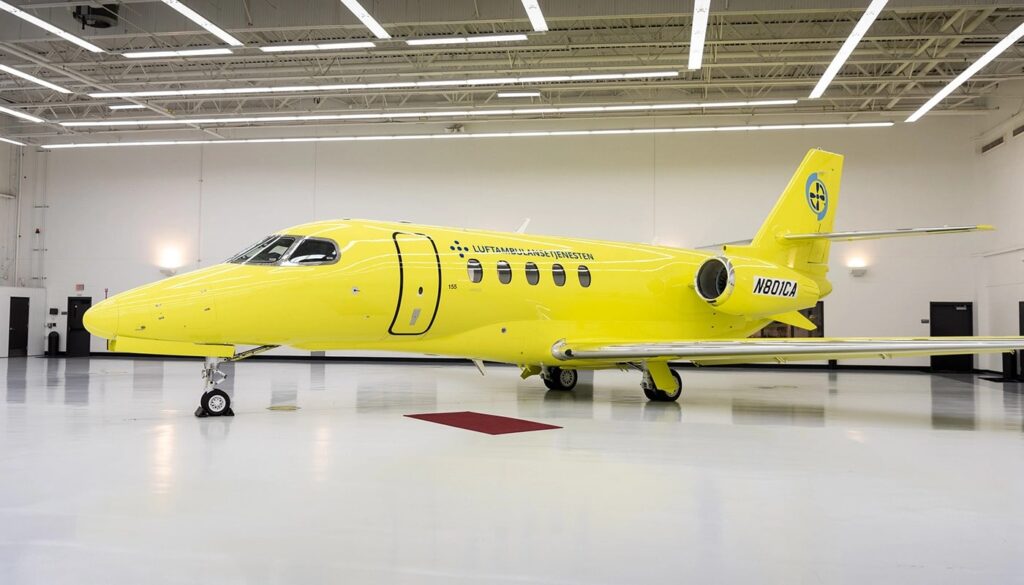
Patients requiring clinical consideration in remote locations or who are in places or nations that don’t have the right clinical facilities to manage their condition or treat them adequately may require long-distance transportation. This can be to a different nation or to an alternate city that has the fundamental offices for their treatment.
A fixed-wing air emergency ambulance is an airplane that has been fitted out as a flying ambulance. The type of equipment on board can shift from essential to advanced and modern life support, and the team can coordinate an expert and significantly qualified EMT personnel.
8. Rapid Organ Recovery Ambulance: ( Types of Ambulance )
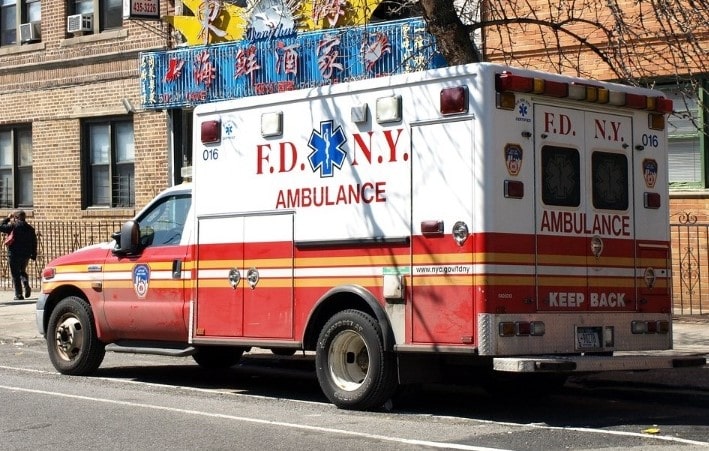
Individuals who are registered organ donors or the relatives of deceased individuals might give consent for organs to be harvested from their friends and family who have died in a mishap or from a respiratory failure, brain embolism, or some other significant clinical event that could leave different organs in salvageable shape.
A rapid organ recuperation ambulance will be prepared to either eliminate organs from a deceased individual at the scene or to transport the body in the right way to safeguard the organs. On the off chance that the organs are removed on the scene, the ambulance will have the equipment to package them accurately to forestall the deterioration of the organs till they can reach a clinic or hospital for a transplant patient.
9. Military Ambulance: ( Types of Ambulance )
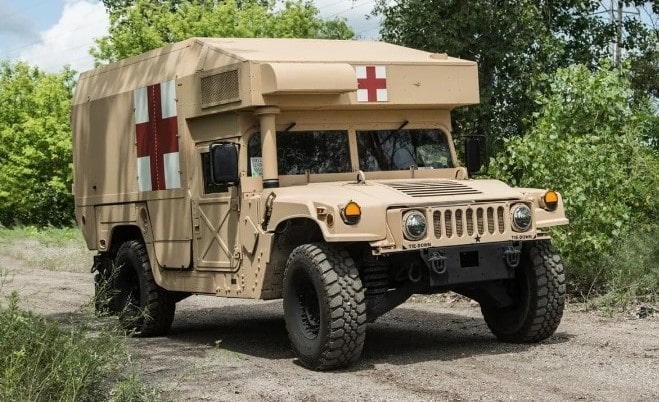
The military has a variety of ambulance types to evacuate and treat their ill and injured personnel. A Military ambulance can be a truck that is equipped with clinical stuff and prepared to cross the harsh territory, or it might be a helicopter or fixed-wing plane. Boats are likewise utilized as ambulances in parts of the military, for example, the Navy, that works in sea-going conditions.
Military ambulances are normally equipped to treat a significant injuries, for example, gunfire wounds or wounds from blasts. This would incorporate equipment to treat dying, consumes, and broken bones while shipping patients to a clinical office for a medical procedures.
10. Helicopter Ambulance: ( Types of Ambulance )
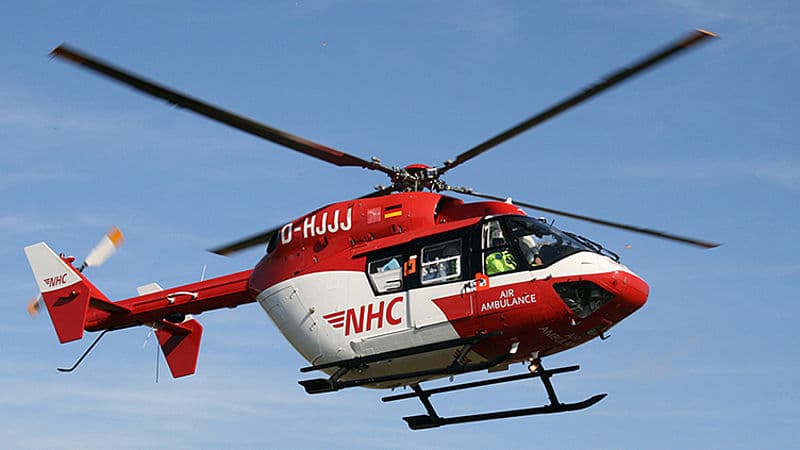
A helicopter ambulance is one more variant of a flying ambulance. They are utilized for the transportation of critically sick patients from mishap scenes or for particular therapy to an alternate emergency hospital. They are additionally used to move patients from rural or hard to arrive at areas that different vehicles or airplanes are not able to access.
Helicopter ambulances can be equipped with advanced life support equipment however can often transport one EMT and one patient at a time. Larger helicopters might have the option to transport more patients however require bigger spaces to land for the patient exchange and are normally restricted to military applications.
11. Van Ambulance: ( Types of Ambulance )
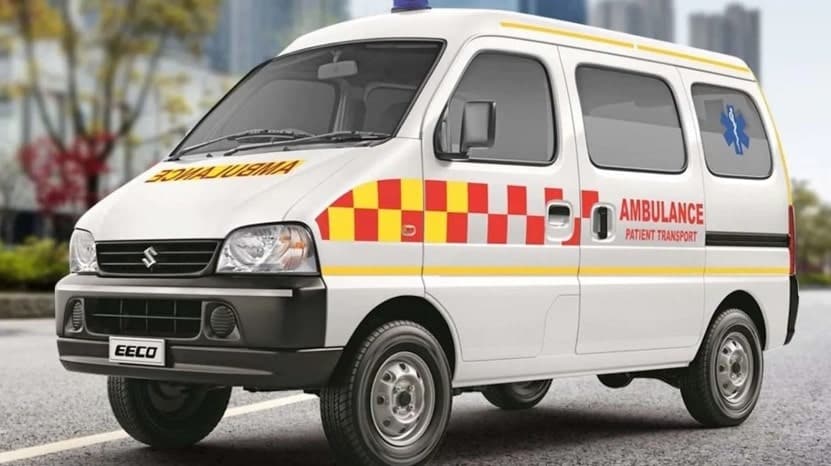
A van rescue ambulance is a business van-type vehicle that has been converted and outfitted as an ambulance. The upside of these vehicles is the tall, wide-opening back entryways that consider simple access for patients on stretchers or carts and medical equipment. Within the van, ambulance is likewise sufficiently spacious to fit progressed clinical equipment, the patient, and the going-to a group who will give the clinical consideration to the patient at the scene and in transit to the clinical office.
Van ambulances are frequently utilized for basic life support ambulances, MVA ambulances, patient transport ambulances, and at times neonatal ambulances or quick organ recuperation ambulances. Since the width of these kinds of ambulances is fixed, they are not frequently utilized as advanced life support ambulances or as bariatric ambulances.
12. All-Terrain Vehicle Ambulance: ( Types of Ambulance )
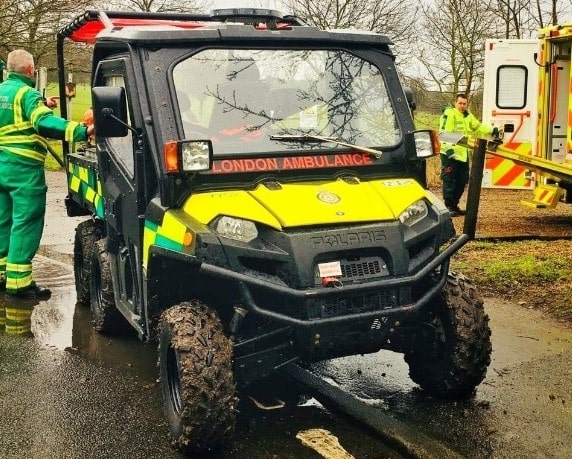
A few places where clinical treatment is required are outside of what might be expected and not effectively open through different vehicles. To give clinical treatment and even transportation of injured or sick people, an All-terrain vehicle or ATV ambulance might be required.
ATV ambulances can convey weighty loads over the unpleasant landscapes, which makes them ideal vehicles as ambulances in provincial regions or locales where streets are limited or not in decent shape. An ATV would be utilized generally to get a clinical expert to the patient to treat them on location in anticipation of an alternate emergency vehicle to evacuate them.
13. Pickup Truck Ambulance: ( Types of Ambulance )
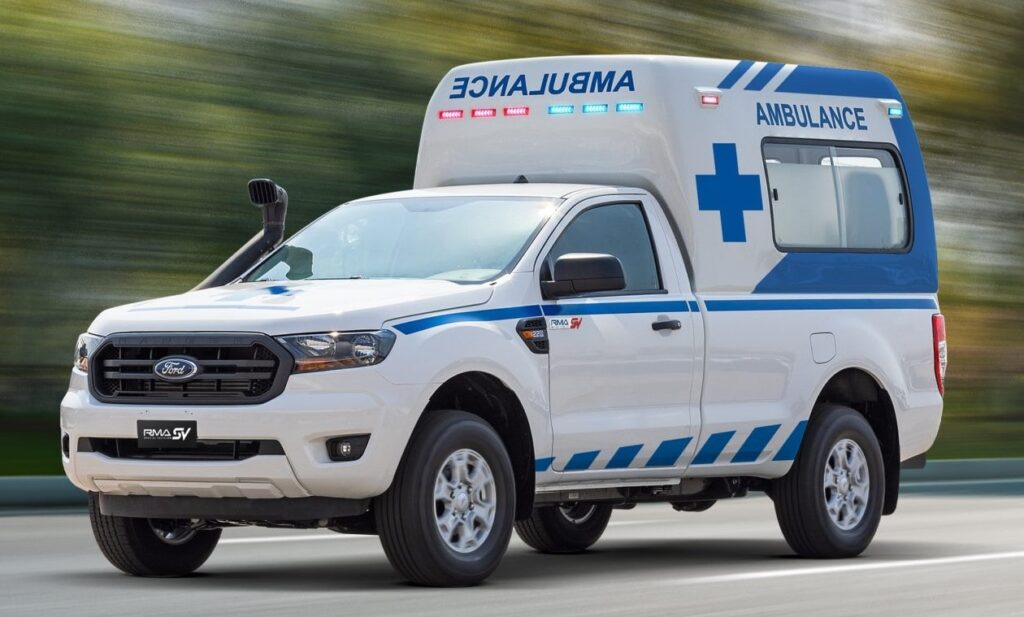
A pickup truck ambulance depends on the construction of a pickup truck, however, the back end is converted as per the kind of ambulance required. The beginning stage is a chassis pickup, which comprises of a pickup truck with a cab only, and an uncovered frame at the back prepared to get different setups of an ambulance on the back.
Since the adaptability of the design of the rear of the ambulance is equipped for different designs of ambulances, this kind of ambulance is utilized to develop every possible kind of ambulance. They are most regularly used to make progressed life support ambulances and bariatric ambulances on the grounds that the rear of the emergency vehicle can be made more extensive to oblige the prerequisites for these capabilities.
A pickup truck can likewise be utilized to build fundamental life support ambulances, MVA, and patient vehicle ambulances, as well as neonatal ambulances and disengagement ambulances.
14. Motorcycle Ambulance: ( Types of Ambulance )

A bike or Motorcycle is a nimble vehicle that can explore traffic and narrow roads or unpleasant territory a lot more easier and quicker than larger and bigger four-wheeled vehicles.
Motorcycle ambulances are much of the time utilized in the role of getting a paramedic or EMT to a patient that is in a hard-to-arrive at that area. The bike will have limited equipment ready, yet it very well may be sufficient to save lives and treat bleeding or stabilize a patient until a more appropriate ambulance can arrive at the patient for transportation.
15. Bicycle Ambulance: ( Types of Ambulance )

A Bicycle Ambulance offers the same benefits to emergency clinical treatment that a cruiser emergency vehicle does, yet it is somewhat slower. A Bicycle Ambulance is helpful in downtown areas where other emergency services will most likely be unable to get entrance because of high traffic density or obstructed streets.
Bicycle ambulances are additionally helpful in rural areas where there are not few roads and no other medical transport services accessible. The Bicycle Ambulance is most helpful in getting treatment to the patient as opposed to taking the patient to the treatment.
Nonetheless, the bicycle can be utilized to move an ill patient on the off chance that the bicycle is equipped to tow a small trailer that the patient can sit in or lie down. The trailer can likewise be utilized to expand the conveying limit of the bicycle to transport more medical equipment and supplies.
16. Boat Ambulance: ( Types of Ambulance )
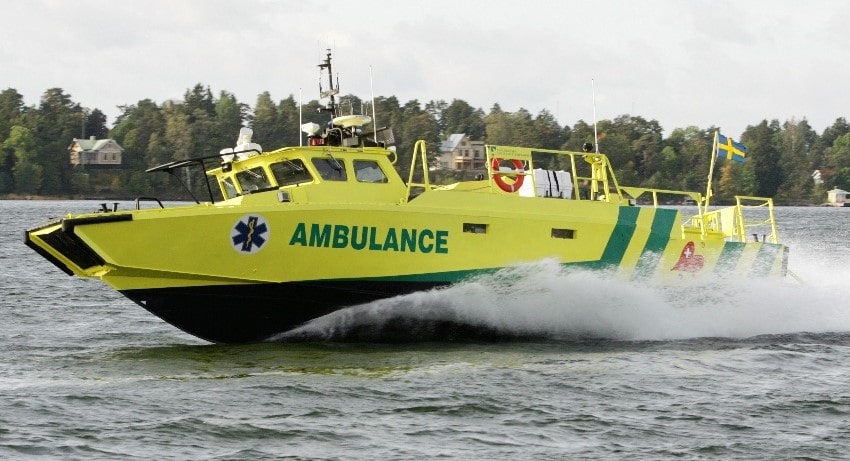
Boat ambulances are common in urban communities that have significant streams that pass through them, which is more averse to experiencing the ill effects of gridlock. Boat ambulances are likewise used to transport patients from different boats, oil rigs, and close-by islands for clinical treatment on the mainland. Boat ambulances are significant in far-off regions where streets are restricted or blocked during specific seasons. To some of these regions, the main powerful method for access is by boat, which makes a boat rescue vehicle a significant help for networks who live in these areas.
17. Mini Ambulance: ( Types of Ambulance )
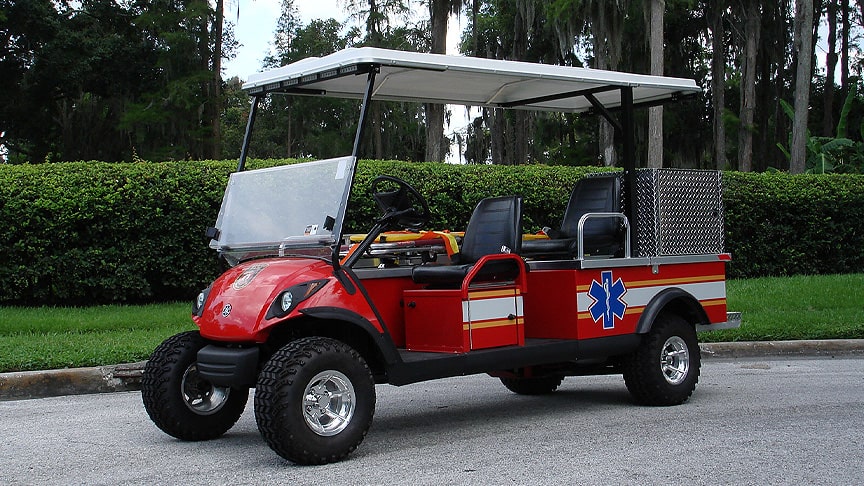
A Mini Ambulance is a term that is most of the time used for ambulance, in unmistakable conditions where different vehicles are not practical or can’t get access.
Golf carts are frequently converted into mini ambulances for this type of crisis role. They are utilized in this style in enormous shopping centers, at open-air occasions, on fairways, in preservation regions, zoos, and other public regions or capabilities where different vehicles are not reasonable.
Advantages of Ambulance
A) They are Trustworthy
One of the greatest benefits of medical transport administrations is their dependability. However long you have made prior arrangements of action and contacted them, the organization sends their ground or air ambulance within the most limited conceivable time within 48 hours or less. This is not normal for other non-crisis administrations where a patient can wait longer than expected.
B) Their Vehicles are Fitted with Stretchers
All of the vehicles utilized by clinical vehicle administrations are planned so that they can accommodate patients that must lay flat while being moved. This makes it simple to move patients who are in a comfortable and cost-proficient manner.
C) They have Qualified Paramedics and Nurses
One more benefit of medical transport administrations is that they take care of patients who might have needs during transport. They work inseparably with their clinical specialist who helps manage situations that might emerge during a significant distance transport.
Disadvantages of Ambulance
- One of the disadvantages of ambulances transport administrations is a significant expense.
- A few organizations could charge very nearly two-three times or more than the expense of ground transport.
- The other disadvantage is that some clinical vehicle organizations don’t offer their administrations in specific regions.
- Besides, air transportation can be hindered by factors like the climate – subsequently causing an incredible arrangement on the life of the patient.
Conclusion
Ambulance services provide the equipment, skill, and involvement with the crisis mediation, evaluation, the executives, and transport of patients in a variety of controlled, uncontrolled, and debacle conditions. While a wide variety of both expert and non-proficient individuals can give individual aspects of this support of varying levels, emergency vehicle administrations are in the best situation to convey these administrations all in all. Moreover, modern ambulance services work best in class, all day, everyday correspondence focuses on experienced and profoundly prepared telephonists, call takers, dispatchers, and clinicians. This makes them undeniably fit to co-ordinate the specially appointed group demands being put on the wellbeing framework.
Content Source: – lemonbin, ipl, meddcoambulance
Image Source: – oxfordmail, wikimedia, wikipedia, wtoc, msvehicles, ambulanciascivera, babcock, flickr, militaryleak, northernhelicopter, auto.hindustantimes, rmaspecialvehicles, rushlane, picfair, pinterest, diversifiedgolfcars
